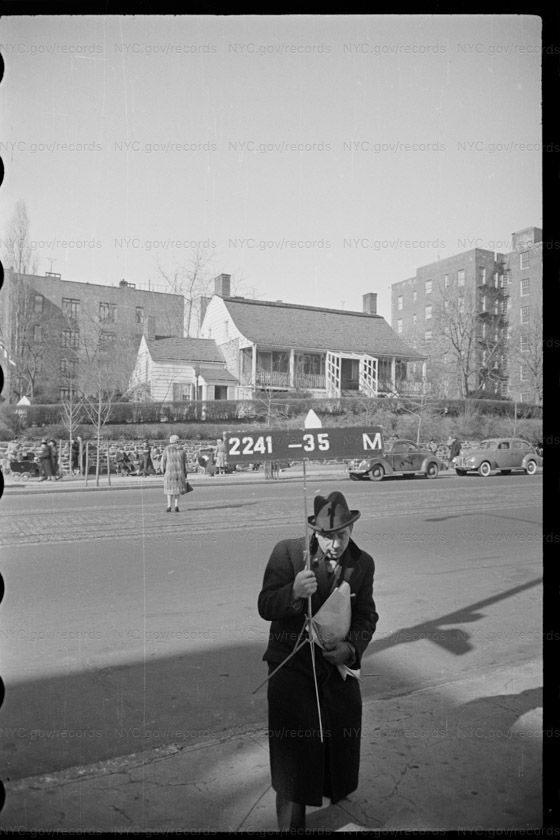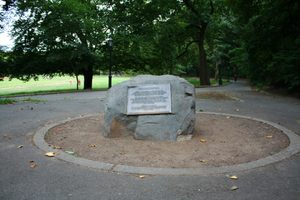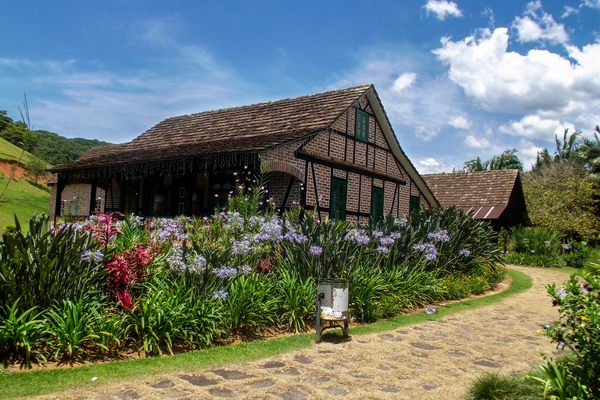About
Built sometime around 1785, the Dyckman Farmhouse is a Dutch Colonial-style home that once stood on a 250-acre farm. Long since overrun by the booming city of New York, it now stands in a small park in the Inwood neighborhood of upper Manhattan. It’s both the oldest remaining farmhouse on the island, and the only one in the Dutch style.
Now a museum, the Dyckman family home tells the story of rural Manhattan and the lifestyle of its early residents, as the island gradually changed from a farmland community to an ever-expanding urban metropolis.
In the mid-1600s, Jan Dyckman made the long voyage from Westphalia to New Amsterdam on Manhattan Island. Here he settled, built a farm and raised a family. By the time of the American Revolution, the family land had passed down to Jan’s grandson William. But when the British occupied Manhattan from 1776 to 1783, William Dyckman and his family fled to upstate New York.
Upon their return after the war, the Dyckmans found their family home and orchards in ruins. William soon began to rebuild, however, albeit at a slightly different location on Kingsbridge Road (now Broadway). Less than five years later, the family and their enslaved workers had rebuilt the farmhouse, and rescued the orchards and 250 acres of land.
William died in 1787, at which time the family put the property up for sale. But his son, Jacobus, decided to keep the farm, and moved in to the house around 1793. He had a large family, including his wife Hannah and their 11 children. But between 1809 and 1822, the Dyckmans were struck by one family tragedy after another, and Jacobus lost not only his wife but also four sons, a daughter, and a grandson.
Jacobus continued on, growing crops such as corn, cucumbers, cabbage and hay, and filling his orchards with cherry and apple trees. He died in 1832 and the land passed on, eventually to his grandson Isaac Michael Dyckman, whose two daughters would be responsible for the preservation of the farmhouse in 1915. By this time, much of the land had been sold off or divided between various family members. And all the while, the city was creeping in.
Rapid development in the area was quickly turning the land from rural to urban, and with it many of the old farmhouses were being demolished. Seeing their old home under threat, Mary Alice Dyckman Dean and Fannie Fredericka Dyckman Welch bought the property in 1915 specifically to save it from being swallowed up by the urban sprawl.
Along with their husbands, they began a major restoration and furnishing project, striving to return the house to what they believed was its earliest appearance. In July 1916, the farmhouse was opened to visitors and has remained open ever since.
Related Tags
Know Before You Go
The farmhouse, museum, and gardens are open on Friday and Saturday from December through March, and Thursday to Saturday the rest of the year. Visits outside these times are by appointment only. General admission is set at $3, free if you are a resident of Inwood or a student.
Community Contributors
Added By
Edited By
Published
July 10, 2018





































